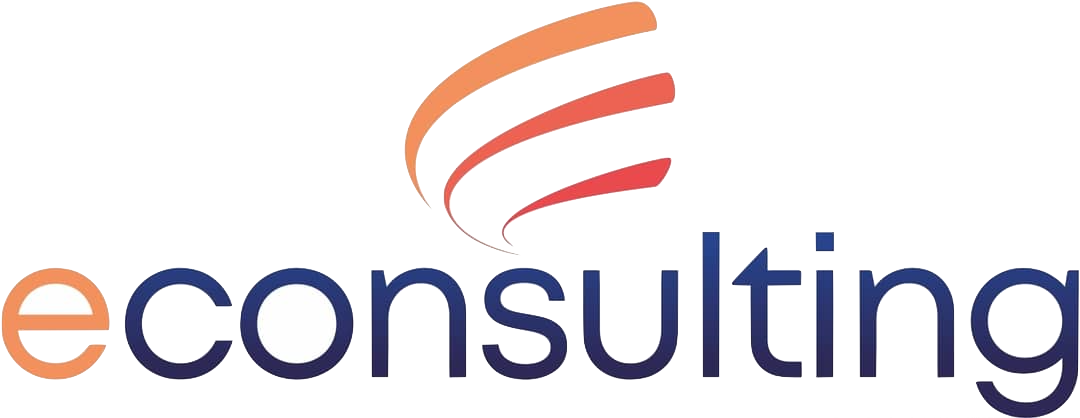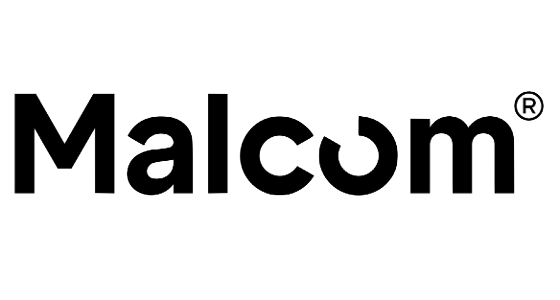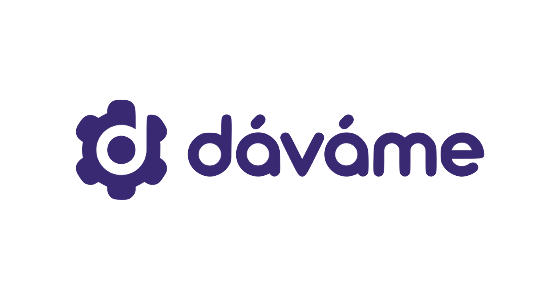Conversation is the New Dashboard: Why Clicking is Obsolete
Discover why Natural Language interfaces are replacing complex dashboards and filters. Stop clicking—start asking.
Read MoreImagine knowing exactly how your business is performing — every day, in real-time. Welcome to the new era of reporting.
From raw data to actionable intelligence — discover how BinarBase turns complexity into clarity with AI-powered automation that works while you sleep.
Specialized agents for every role — Finance Analyst, Data Engineer, Warehouse Manager, and more. Your virtual team that works 24/7, delivering proactive insights and recommendations.
Stop flying blind. Our machine learning models analyze your historical data to predict revenue, cash flow, and profitability with up to 89% accuracy — complete with confidence intervals.
Live dashboards and auto-generated reports in one place. Track KPIs in real-time and generate board-ready reports in seconds — all from a single, unified view.
No more data silos. Connect your accounting, CRM, payments, and operations tools in minutes. Our AI automatically maps your data schema — setup in days, not months.
Your AI agent, now on your phone. Ask questions, get insights, and take action — all through natural voice commands. Business intelligence at the speed of conversation.
Wake up to what matters. Every morning, Pulse delivers a personalized briefing of your company's vital signs — anomalies detected, opportunities spotted, and actions recommended. No dashboards to check. No reports to run.
Start your day with AI-curated insights delivered to your inbox or Slack
Get notified the moment something unusual happens — before it becomes a problem
AI spots patterns in your data you'd never find manually
Driven by Product X launch — 340 new customers
3 large invoices overdue — recommend follow-up
Customer segment B has 23% higher LTV — consider upsell
Trusted by innovative companies











More joining every week
We give business leaders the analytical firepower that used to require entire data teams. Make decisions backed by real-time intelligence, not gut feelings.
 Accounting
Accounting CRM
CRM Payments
Payments Operations
OperationsChoose your role to see how BinarBase transforms your workflow
From spreadsheets to strategic insights
40+ hours monthly on manual reporting, delayed insights, reactive decisions
Your virtual CFO that never sleeps
Expensive CFO hires, flying blind on metrics, investor questions without answers
One source of truth for all decisions
Data scattered everywhere, no clear picture, decisions based on instinct
Multi-location control, unified insights
Per-store data silos, inventory blind spots, margin erosion across channels
ML models trained on financial data patterns
Data syncs in seconds, not hours
See what's coming before it happens
SOC 2 compliant, bank-level encryption
Unified data from all your tools. AI auto-maps your schema in minutes.
Your financial data lives in dozens of tools — accounting software, CRMs, payment processors, e-commerce platforms, and more. BinarBase brings it all together with intelligent connectors that understand your business context.
For startups and small teams
For scaling businesses
Custom AI agents & unlimited power
Success stories, educational articles, and expert insights on data management and business intelligence
Discover why Natural Language interfaces are replacing complex dashboards and filters. Stop clicking—start asking.
Read MoreHow AI agents provide 24/7 cash flow monitoring, catching anomalies and opportunities while you sleep.
Read MoreDiscover why traditional dashboards are giving way to AI Agents that proactively analyze, explain, and act on your business data.
Read MoreWelcome to the new era of AI-powered reporting.
No credit card required. Setup in hours.